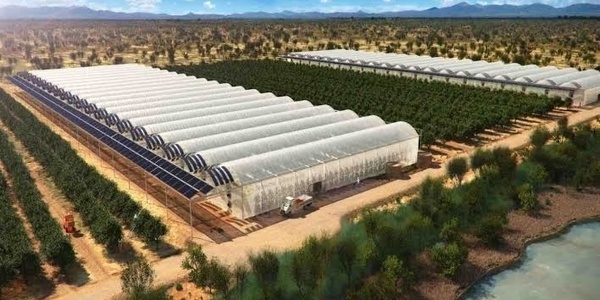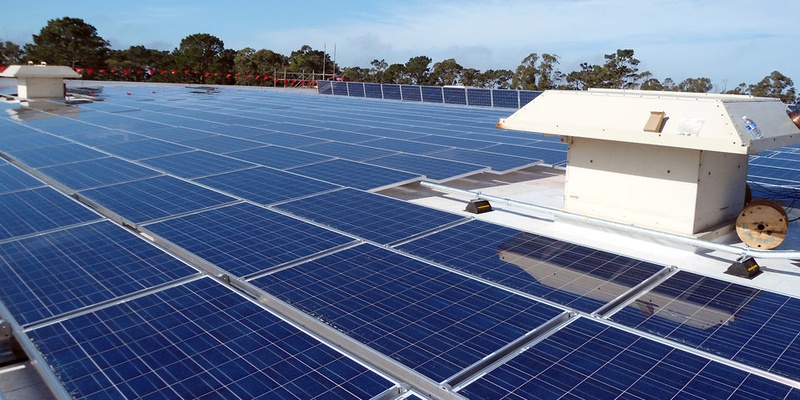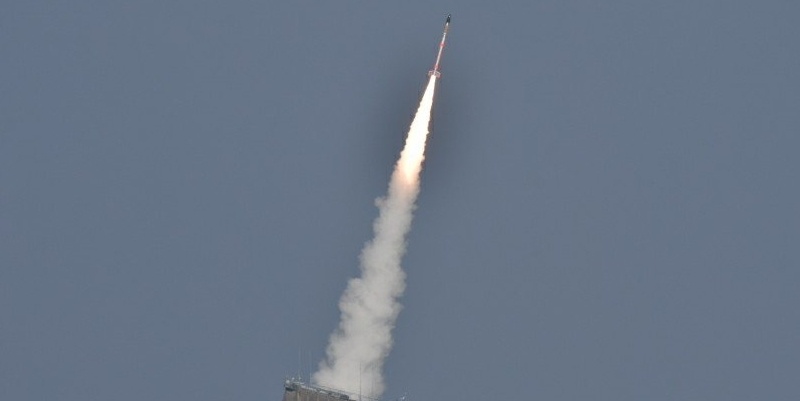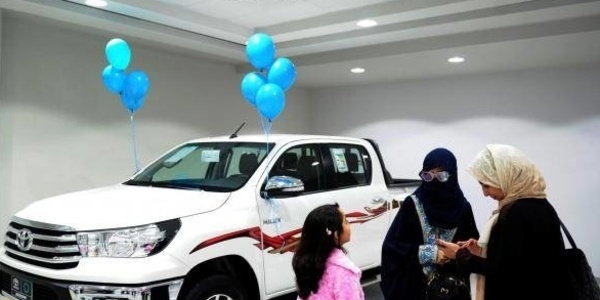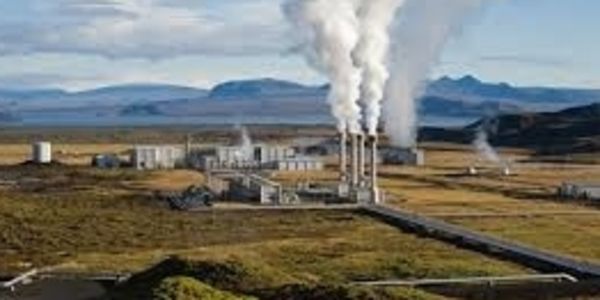Arjun Erigaisi Stuns Magnus Carlsen, Secures Knockout Spot at Freestyle Chess Grand Slam 2025
In a thrilling display of strategy and composure, India’s top chess player, Arjun Erigaisi stunned the world by defeating World Number One Magnus Carlsen during the fifth round of the 2025 Freestyle Chess Grand Slam Finals in Cape Town, South Africa. This victory marked a significant milestone in Erigaisi’s career, demonstrating not just his technical skill but also his ability to remain calm under intense pressure. Carlsen, widely regarded as one of the greatest chess players of all time, seemed to struggle under the rapid time controls, making small errors that Erigaisi capitalized on with precision. By converting these opportunities into a win, Arjun not only showcased his tactical awareness but also sent a strong message about the rising dominance of Indian chess on the global stage. For many Indian chess enthusiasts, this victory was deeply personal. Arjun’s journey from a young talent to India’s number one is a story of dedication, perseverance, and consistent effort. Chess fans across the country celebrated this win as a win not just for Erigaisi but for Indian chess as a whole, inspiring countless young players to aim for excellence on international platforms.From a Rocky Start to a Strong ComebackArjun Erigaisi’s path in the 2025 Freestyle Grand Slam Finals was not without challenges. He had a shaky start, recording two draws and a loss in the first three rounds of the competition. Despite this, Erigaisi displayed remarkable resilience and mental toughness, traits that define the world’s top competitors. He bounced back in round four by defeating Germany’s Vincent Keymer, setting the stage for the highly anticipated clash with Magnus Carlsen. Erigaisi’s ability to recover and then outperform some of the world’s best players demonstrates not only his technical skill but also his psychological strength. For young players and fans, his journey reinforces the idea that perseverance and belief in one’s abilities are as crucial as raw talent.Climbing the StandingsWith his victory over Magnus Carlsen, Arjun Erigaisi climbed to the third position in the tournament standings, trailing only Javokhir Sindarov and Levon Aronian. Both Carlsen and Erigaisi are now tied in points, but Erigaisi holds the higher rank due to tiebreaker rules. With 4.5 points accumulated so far, Erigaisi has positioned himself as a strong contender for the tournament title. The tournament’s results highlight an interesting narrative of the modern chess world. While legends like Carlsen remain formidable, younger players such as Erigaisi are breaking through traditional hierarchies, reflecting a generational shift in the sport. This balance of experience and emerging talent creates excitement for fans and players alike, emphasizing that chess remains a dynamic and evolving game.Strategic Edge in Rapid FormatsArjun’s performance also underscored his adaptability in rapid formats, where time management and quick decision-making are critical. During the match with Carlsen, the World Number One struggled to maintain composure under the clock, eventually succumbing to time pressure. Erigaisi’s calm, methodical approach allowed him to navigate the complexities of the game while exploiting Carlsen’s mistakes. This victory, coming after his recent win over Viswanathan Anand at a rapid tournament in Jerusalem, Israel, highlights Erigaisi’s growing confidence and competence in faster formats. It also reinforces the importance of preparation, mental endurance, and strategic insight, qualities that define elite chess players. Fans witnessing these matches have praised Erigaisi’s poise and precision, drawing comparisons with the legendary players he now competes alongside.Choosing the Knockout OpponentFollowing the round-robin stage, the top eight players advanced to the knockout rounds of the Freestyle Chess Grand Slam, with the top three players gaining the advantage of selecting their opponents from the bottom four. Arjun Erigaisi elected to face Vincent Keymer, whom he had already defeated in round four. This choice reflects Erigaisi’s strategic mindset, as he leverages previous victories to boost confidence and optimize his chances in the high-stakes knockout stage. The upcoming match promises to be an exciting encounter, as both players have demonstrated strong tactical skills and adaptability. Erigaisi’s selection of Keymer also highlights his thoughtful approach to competition, blending calculated risks with psychological readiness. For fans, this stage of the tournament is highly anticipated, offering a chance to witness top-tier chess strategy unfold in real time. The Freestyle Chess Grand Slam Finals are more than a competition; they are a platform where emerging talent challenges legends, where smartwork meets strategy. Arjun Erigaisi’s performance shows this spirit, reminding everyone that chess is not only a game of intellect but also of heart, courage, and perseverance.

.png)
 (1).jpeg)
 (1).jpeg)
.jpg)
.jpg)
.jpg)
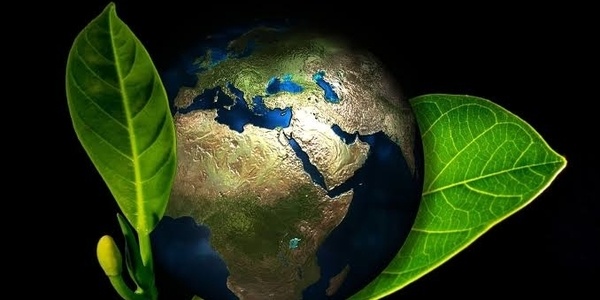



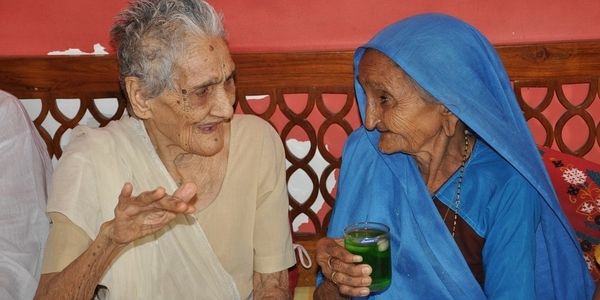
(1).jpeg)
.jpg)
.jpeg)
 (1).jpg)
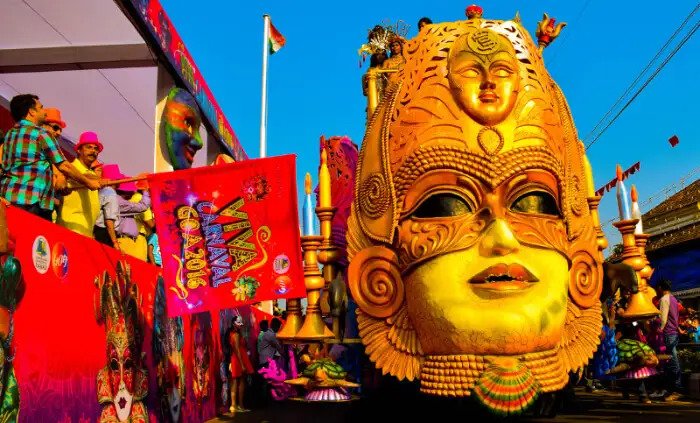
.jpg)
.jpg)
.jpg)
.jpg)
.jpg)
.jpg)
.jpg)
.jpg)
.jpg)
.jpg)
.jpg)
.jpg)
.webp)
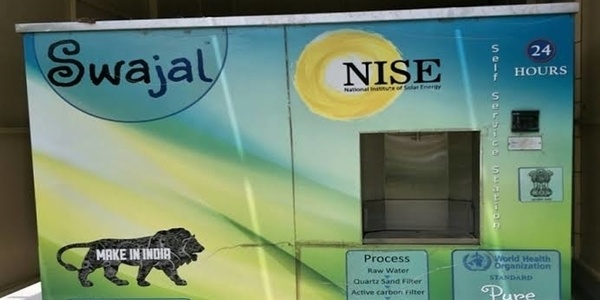
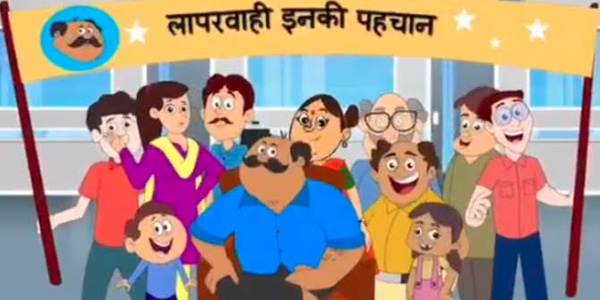
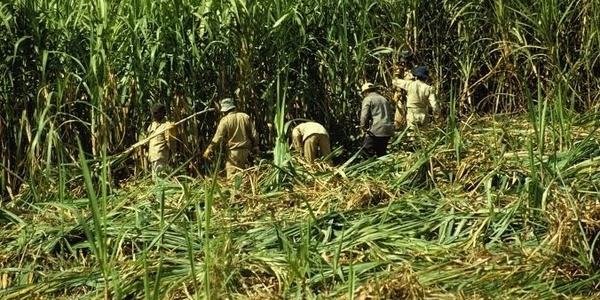
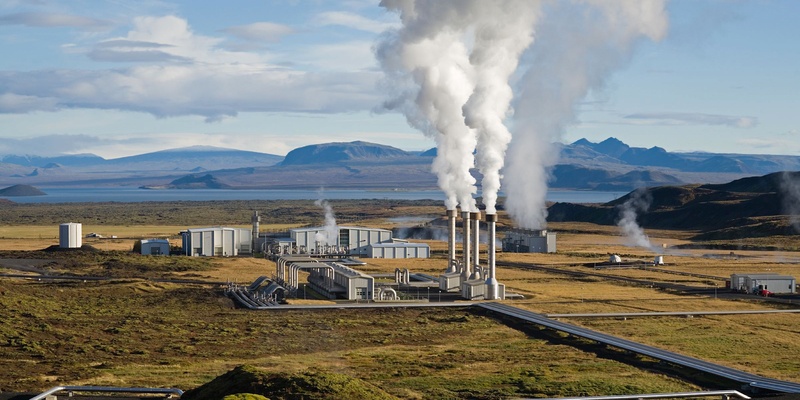
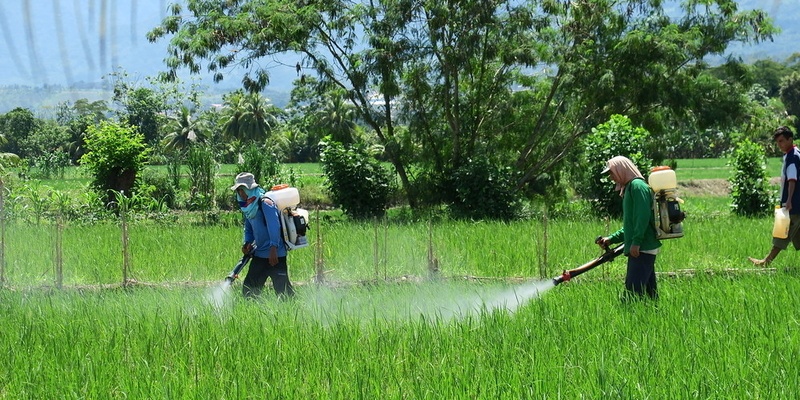
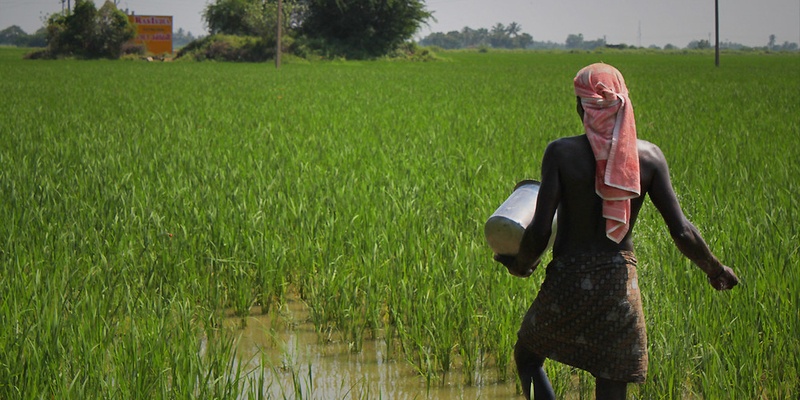












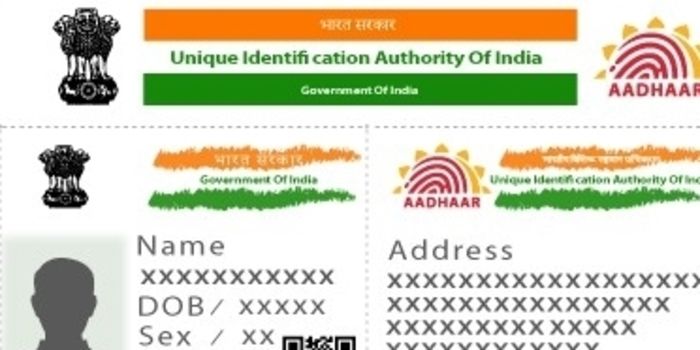

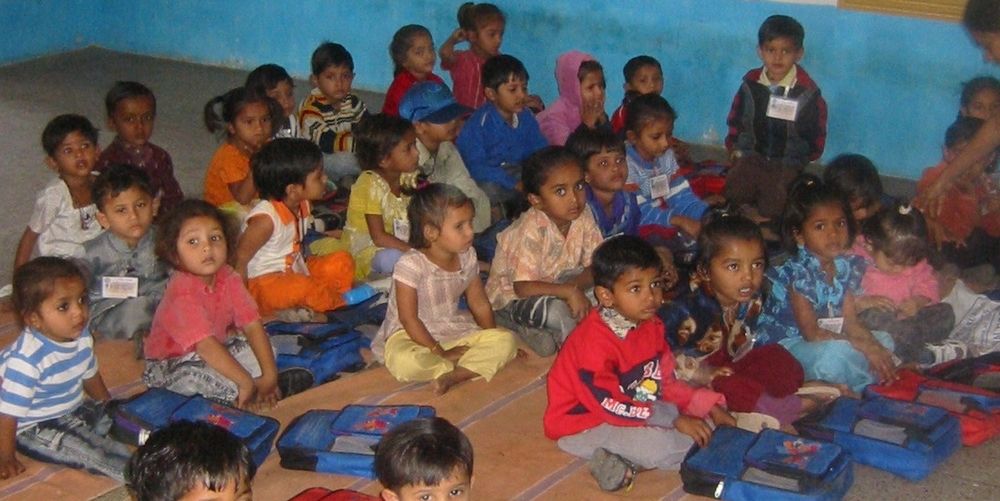



 (1).jpeg)
 (1).jpeg)

 (2).jpeg)
.jpg)
.jpg)

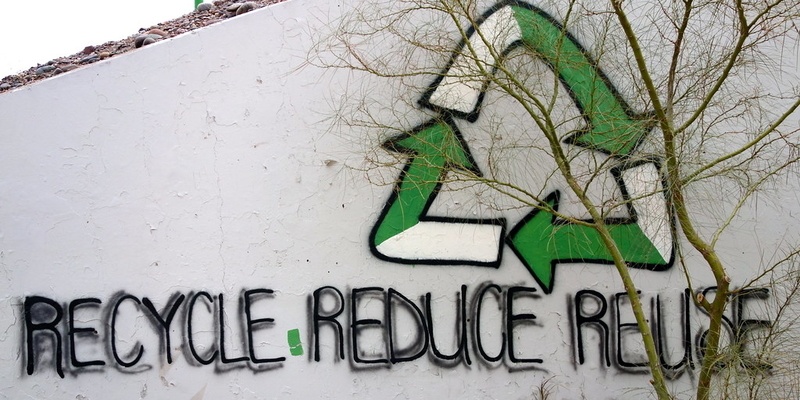
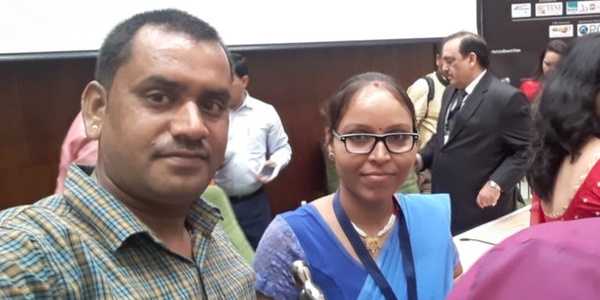
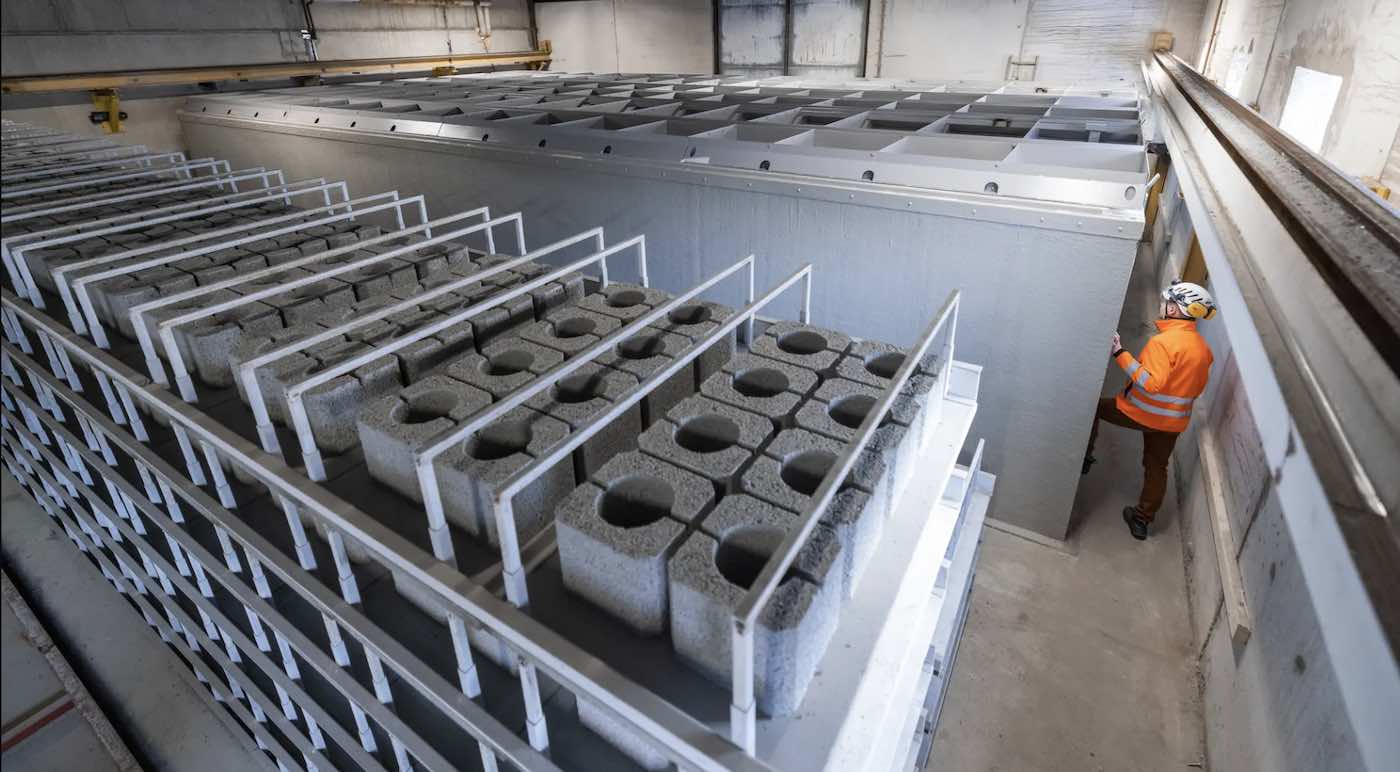
.jpg)
.jpeg)
 (1).jpeg)
.jpg)

.jpg)
